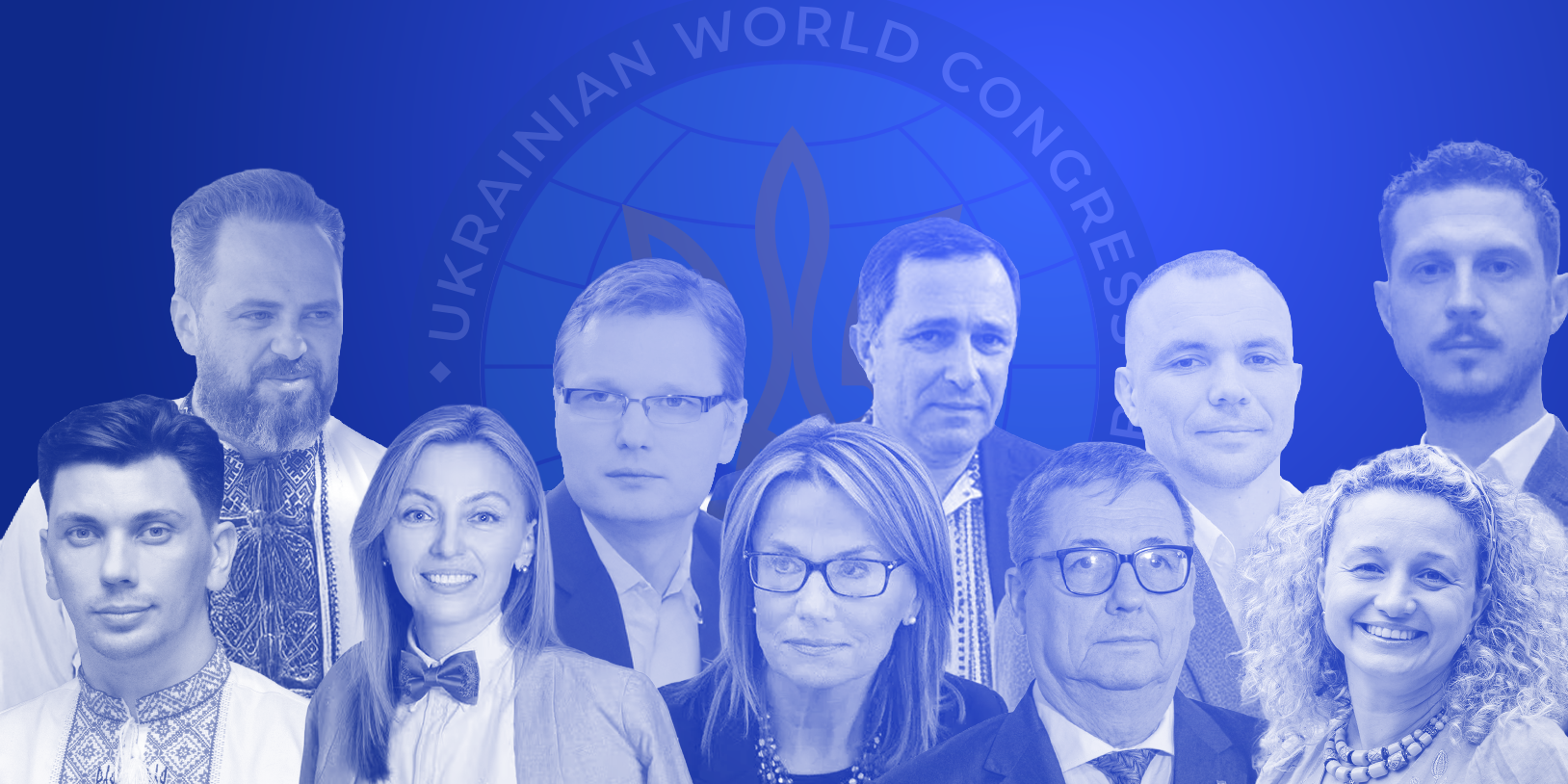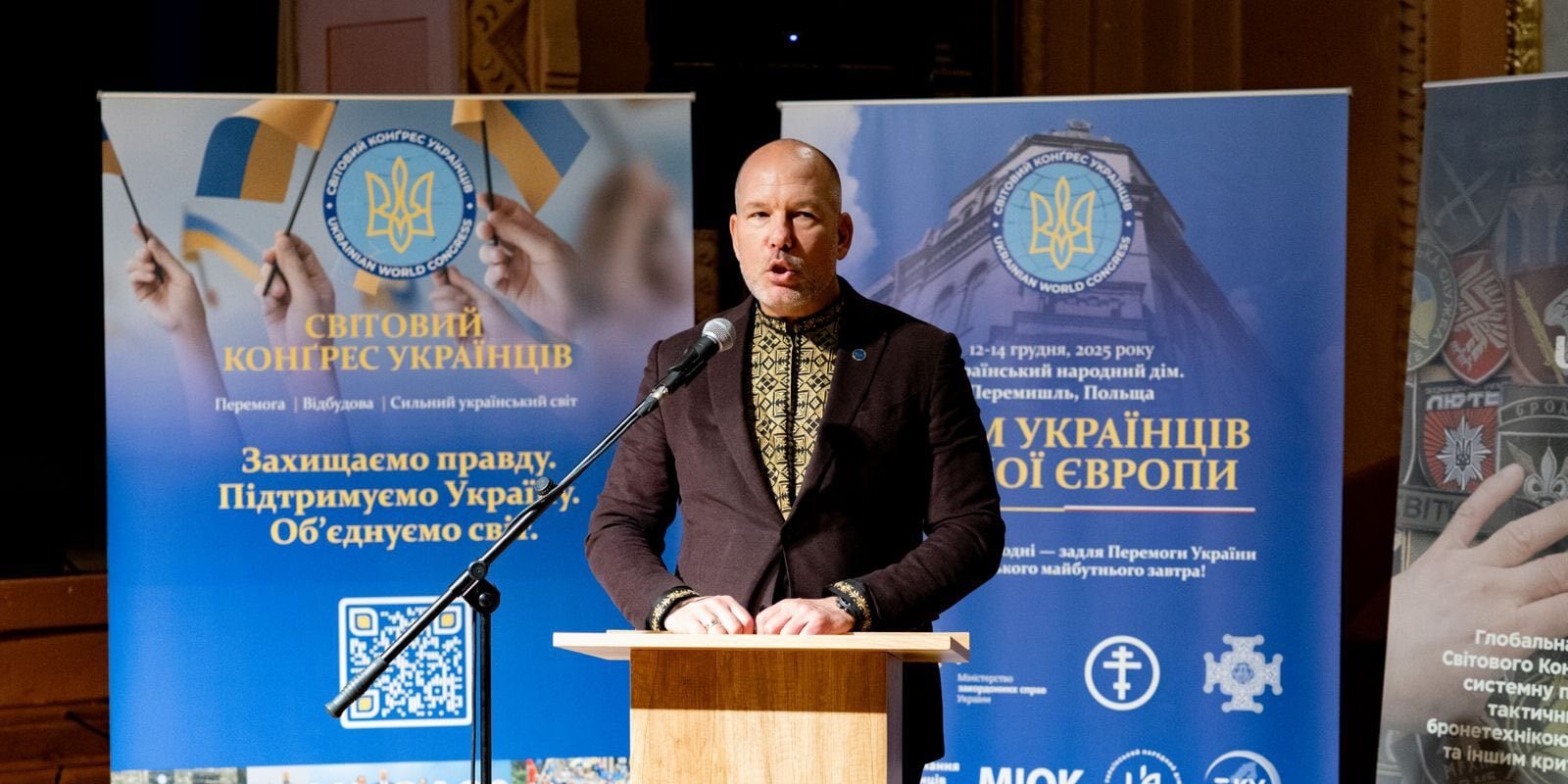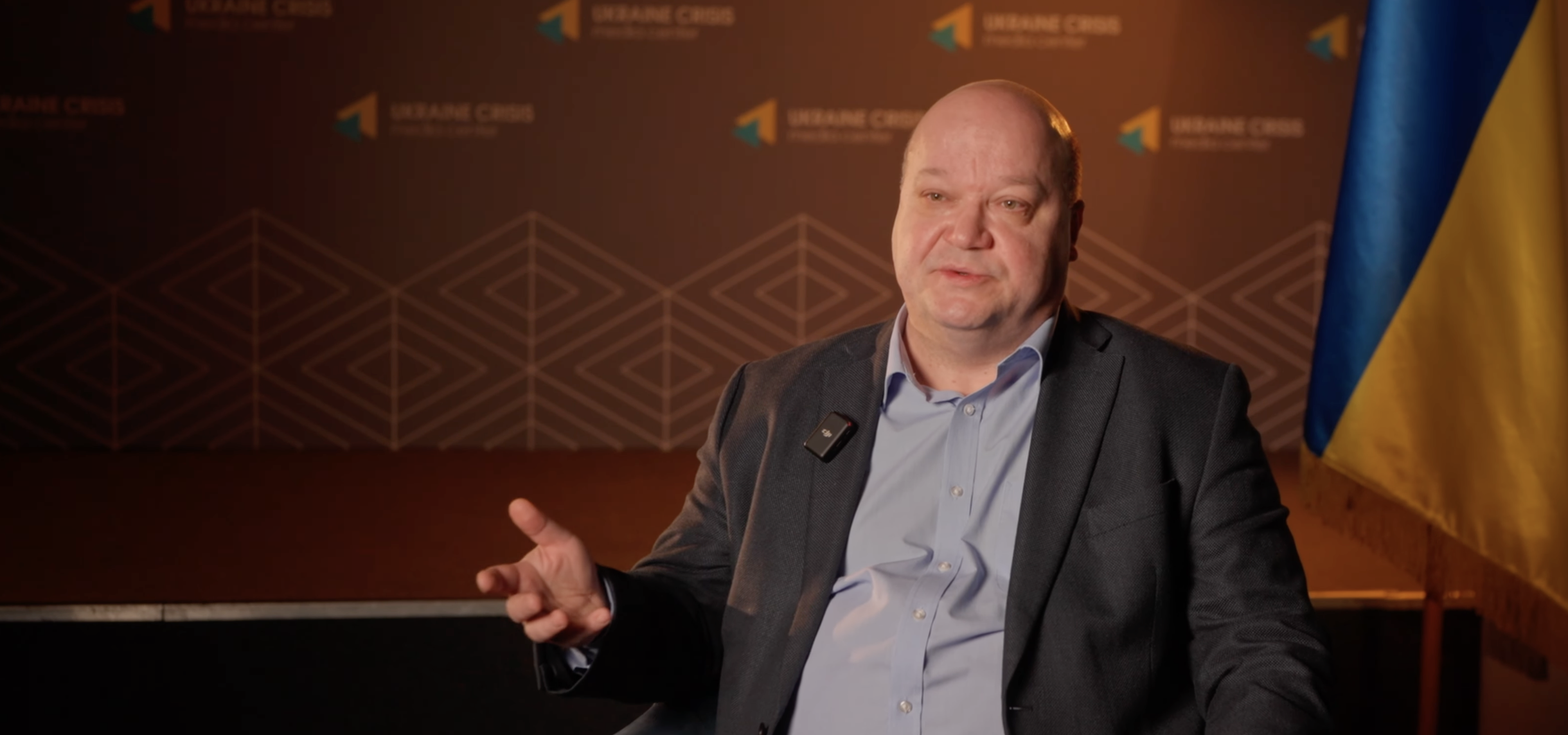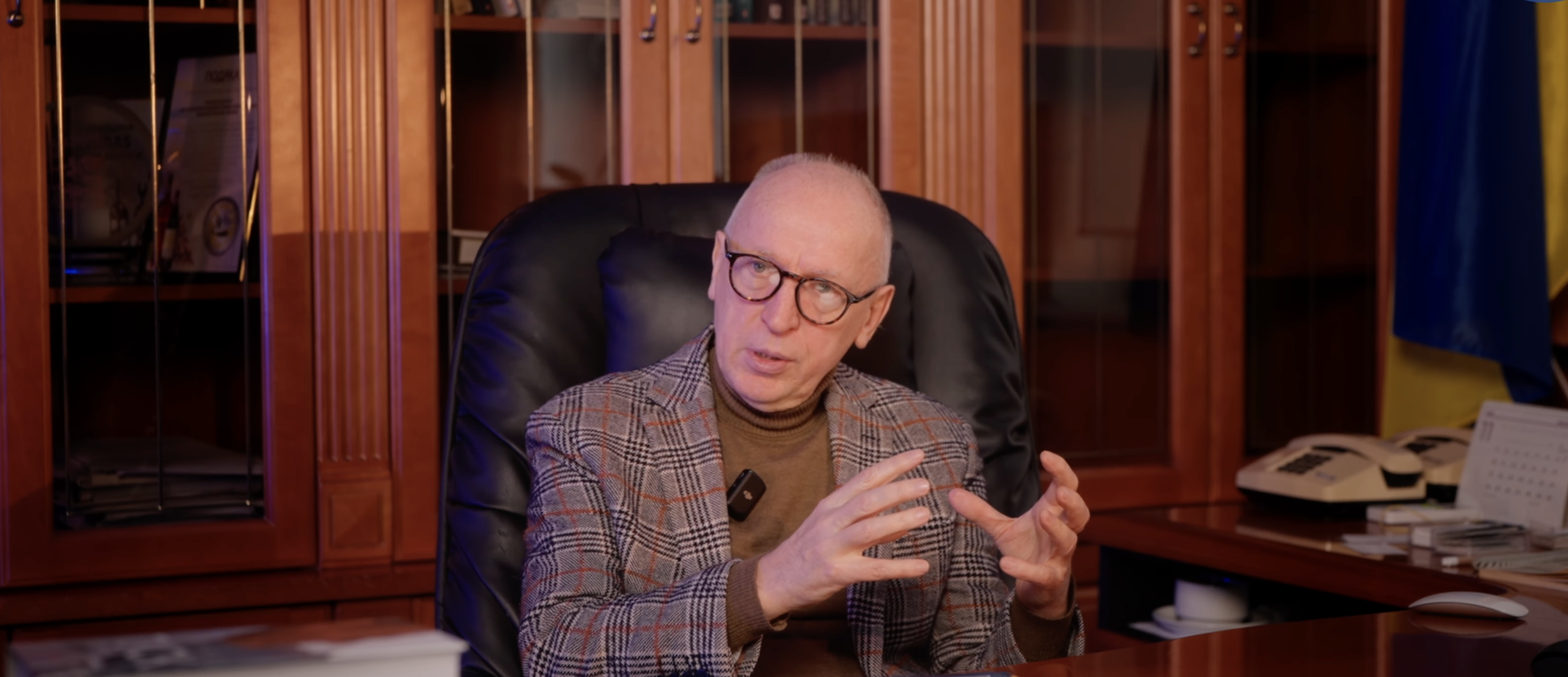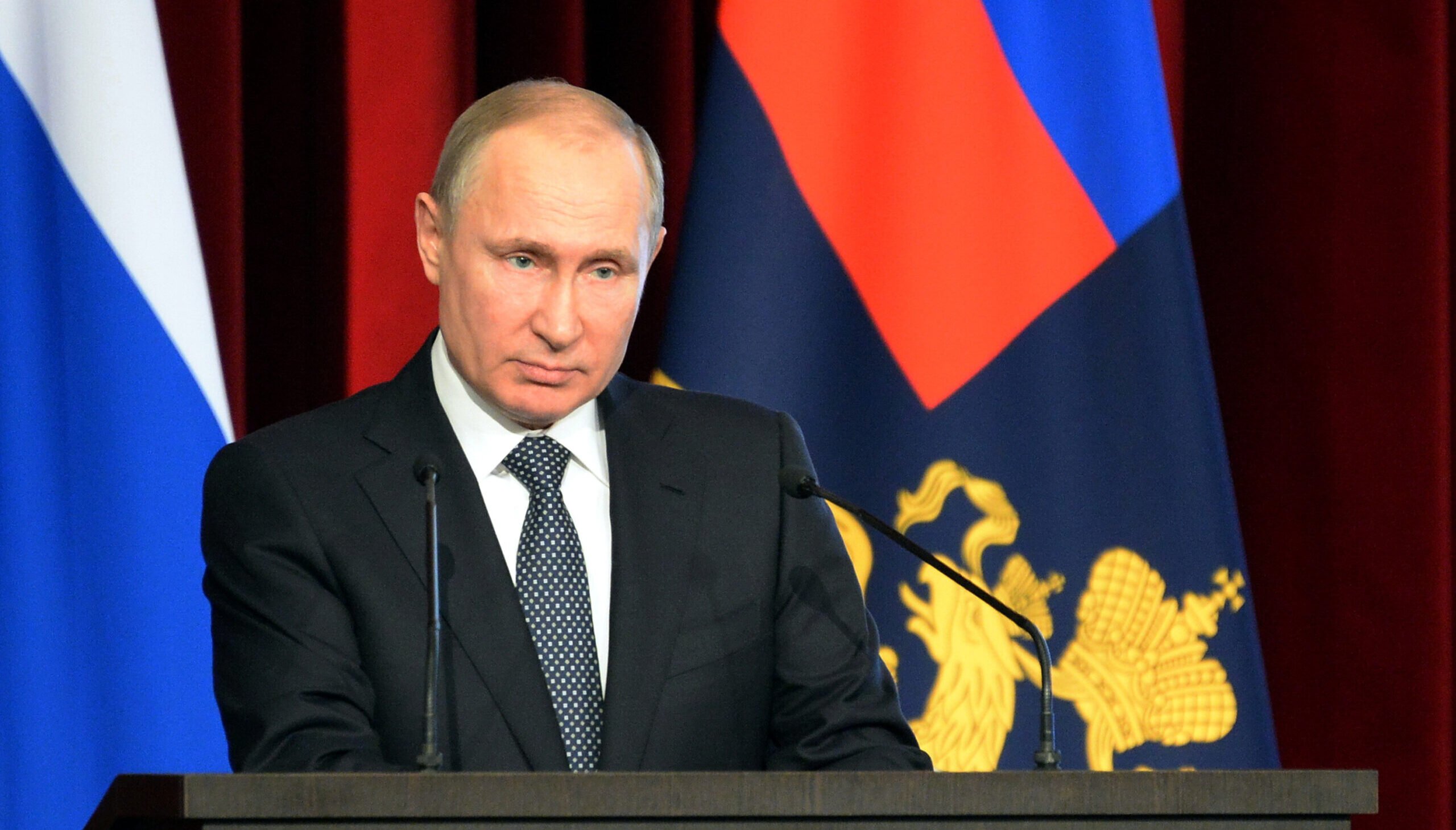

Andreas Umland, a German political scientist, candidate of historical and political sciences, analyst at the Stockholm Centre for Eastern European Studies (SCEEUS), expert on Russian ultranationalism and authoritarianism, and European neo-fascism.
Source: Ukrainska Pravda
The use of the term “fascism” in relation to the actions of the current Russian state can be understood in at least three ways.
First, it serves as a historical analogy, helping the public interpret the current situation by drawing parallels to well-known events from recent history.
Second, it acts as a coded Ukrainian term that reflects the lived experience of millions of Ukrainians. Kyiv uses this term, in part, to evoke international sympathy for the victims of Russia’s mass terror in Ukraine.
Third, “fascism” is an academic term used for classification, allowing for comparisons across time and space. It also helps highlight the similarities and differences between historical fascism and today’s putinism.
Fascism as a historical analogy
Most public characterizations of Putin’s regime as fascist serve as a diachronic analogy or metaphorical classification, helping to better understand current events in Russia and the occupied territories in Ukraine.
By comparing contemporary events to historical ones, this analogy highlights key characteristics and challenges in present-day Russia.
Attributing fascism to Putin’s regime provides the public with a framework for understanding what is happening in Russia and the Ukrainian territories under its control.
This comparison is valid, as there are numerous parallels between the internal and external rhetoric and actions of Putin’s Russia, on one hand, and Mussolini’s Italy and Nazi Germany, on the other.
Cover: Shutterstock

